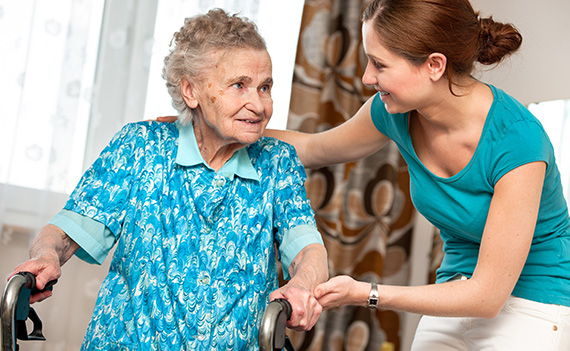Moving and Handling of People
Face-to-face
Blended Learning (eLearning Module plus a practical workshop)

Duration
See table below
Time
In-company: Flexible
Public courses dates: 13:30 - 16:30
Cost
In-company: Enquire with our team
Public course dates: £80 (+VAT)
Capacity
Max. 10
Moving & Handling of People Course Reviews
Our recommended moving and handling training approach:
| Course | Training timing | Duration / Delivery Method |
Option 1 (Recommended) Moving & Handling (People) | On employment | 6-hour classroom (theory & practical combined) |
Option 2 Moving and Handling eLearning Module, plus Moving & Handling (People) – Practical Workshop | On employment | 3-hour eLearning Module, plus 3-hour classroom-based practical workshop (recommended) |
| Moving & Handling (People) – Practical Workshop | Annual update | 3-hour classroom-based practical workshop |
The Moving and Handling (People) – Practical Workshop covers only basic theory content. It is therefore recommended that anyone undertaking this training for the first time (i.e., on employment / new start), should complete a moving and handling theory-based eLearning module in advance to gain a more comprehensive understanding of the key theory aspects.
Upcoming Courses
In-company Private Group Course
FAQs about Moving & Handling of People Training
What is moving and handling of people in health and social care?
What is moving and handling of people training?
What do the moving and handling of people courses cover?
This one-day course aims to provide individuals with the critical theory and practical skills to perform safer moving and handling of residents, patients, or clients. Included within the course content is the following:
- Relevant Legislation
- Employer and employee Duties
- Rudiments of spinal mechanics and causes of back pain
- Principles of efficient body movement and posture
- Introduction to risk assessment
- Principles of safer handling
- Controversial or unsafe manoeuvres
It also includes practical session using a hoist and a range of manual handling equipment. Standard techniques covered include:
- Sitting to standing transfers
- Walking with clients
- Falling and fallen client
- In and out of bed
- Lying to sitting
- Turning in bed
- Moving up the bed
- Hoist management
